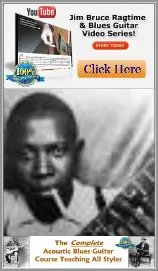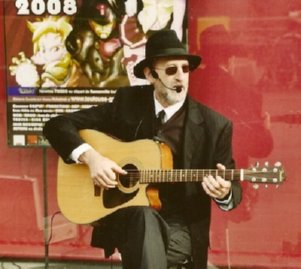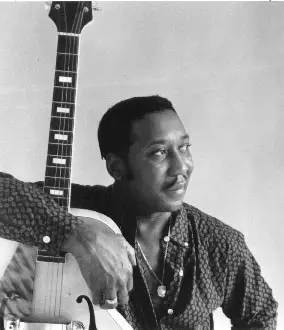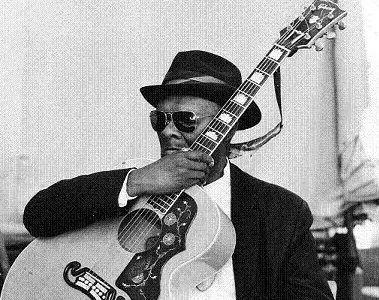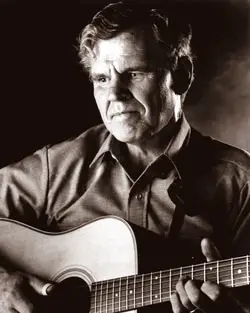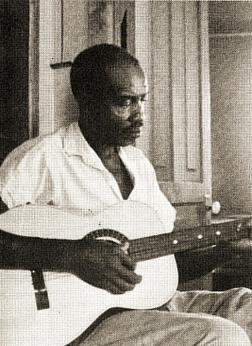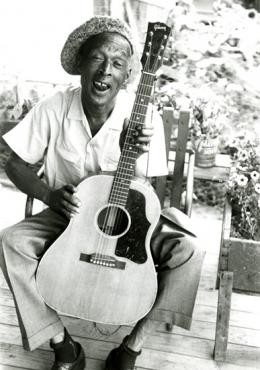Guitar Lessons
Click The Image
To See Previews
Blues Guitar Lessons
The perfect format for learning the tricks used by the original blues men.
-
11 hours of detailed tuition
- Download, online and disk
- Dnstant download link after payment
-
36 lessons covering the major blues picking styles -
- Separate tablature files for printing out.
- Slow motion close ups of both hands
- On-screen chord diagrams & tablature for quick reference.
- Ragtime
- Delta blues
- Bottleneck
- Open tunings.
-
BONUS GIFT #2 Jim's MP3 album 'Metro'.
- BONUS GIFT #2 Acoustic Blues Travelers MP3 album 'Wake Up, Walk Out.'
About Jim Bruce ...
Where Did Ragtime Blues Guitar Originate ?
Every one knows the name Scott Joplin, Afro-American born in
Texas, America in 1868. For many of us his name is synonymous
with ragtime, as a musical genre, and ragtime piano in particular.
If he were alive today, he'd be a wealthy indeed, now that his music is played extensively for film backing tracks and many other purposes ( how can we forget the melody of 'The Entertainer' throughout that great film 'The Sting' with Paul Newman and Robert Redford ?)
Before looking at ragtime guitar, we have to explore the origins of ragtime piano.
Scott Joplin - Brothel Musician And Genius
Joplin trained to play piano when he was quite young and left home to earn his living as a musician. For a negro man , this usually meant he had to play in any places that would earn him some money.In the early years, he played in mostly houses of ill-repute and bars. However, due to his classical musical education, he longed to create his own music and eventually have his music recognized as serious work.
Combining his education in the European classical styles with
his own instincts, and evident African ancestry, he developed a
style of music that was intricate, but very rhythmic with a
complicated beat.
This new rhythm was named 'syncopation' and became ragtime, possibly after a popular dance amongst the negro community in those times, the 'rag'. Thus ragtime piano was born from two cultures.
Ragtime Blues Guitar
At that time, groups of 'minstrel' musicians moved around to entertain in small towns, often performing on banjo and guitar. Although very diverse, the two opposites of blues music can be identified as the dark, emotionally intense blues guitar of the delta, and the happy guitar sound of the Piedmont style.

The Piedmont way of picking was ideal for dancing, had a generally faster rhythm, syncopated tempo and came from the style of playing piano called ragtime. Guitarists at that time attempted to reproduce the complicated piano sounds, which was tough, as the guitar had a only 6 strings! (Later on, in the early electric era, the guitar tried to copy the sound of the saxophone.) Some early guitarists found that that the thumb might alternate between 2 of the bass strings, whilst the fingers pick out the melody - ragtime blues, often called the 'happy blues' was created .
Quite a few guitarists extended this style and were quite
successful, notably Blind Blake, Blind Boy Fuller, Blind Willie
McTell and several more.
Other guitarists included this style into their repertoire in order to vary their appeal. For the most part, none of these played to the same skill level as Blake, Reverend Gary Davis and Blind Willie Walker. Guitarists wanting to play blues guitar would be well advised to study these artists extensively learn blues from the great examples left by these masters.
Modern Ragtime Guitar
The video clip below features an up to date ragtime tune. To make it more interesting, the tab is displayed in the lower third of the screen and moves along as the tune changes. Guitarists may pause the video whenever they want, to read the tablature and get a feel of what's happening in the music. Note how the bass beats double up, jumping from one string to the next within the structure of the alternating picking technique.
The video below explores how Reverend Gary Davis experimented with his thumb technique between verses, and even from line to line, so that he could create more interesting and dynamic music. For this demonstration I'm taking the first chord progressions from 'Sally Where'd You Get You Liquor', in C. The key of C is perfect for ragtime blues guitar compositions. (I use a capo on the first fret, as is my habit.)
